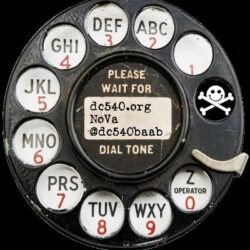Haven’t you ever set up a network for a specific project and wanted a simple way to manage passwords within the project network while sharing them between the project participants?
Don’t you hate/mistrust the cloud?
For this project, I did a quick rundown on a few available self-hosted password managers that can live inside a network enclave without involving the cloud.
- PASSBOLT
I wanted Passbolt to work. Even after I found out the installer* isn’t available beyond CentOS 7 and won’t run under Rocky. Seriously, who uses a closed installer anymore?
So i built a C7 VM and let her rip. Flawless install, got all the way to the point of logging in, and then?
Fucking hell. It REQUIRES a BROWSER EXTENSION to browse the site. That’s a lot of trust you’re asking me to extend. It also requires an email address to validate users. This seems more like a cloud offering hastily made into a self-hosted offering. These are not features I want or need in a closed, self-hosted password manager.
2. BITWARDEN
I wanted to disqualify this one simply for deploying it in Docker. If you know me at all, you know I f’n HATE Docker. And the first set of instructions I found completely validated my hate.
But then I found this. Specifically happens to be for the exact platform I’m working with. https://computingforgeeks.com/running-bitwarden-password-manager-using-docker-container/
Other than dealing with SELinux (either by disabling it or by poking holes in it) and using a different cert mechanism than those described, it was flawless, and I had a Bitwarden instance complete in about an hour.
3. Anything file-based
Immediate automatic disqualification for being file-based. No matter how you share them, sharing them never works out.
4. Integrations
I noticed that NextCloud has a password manager app available for it. So that’s another valid option if it turns out we don’t like Bitwarden.
P.S. I still hate Docker.





